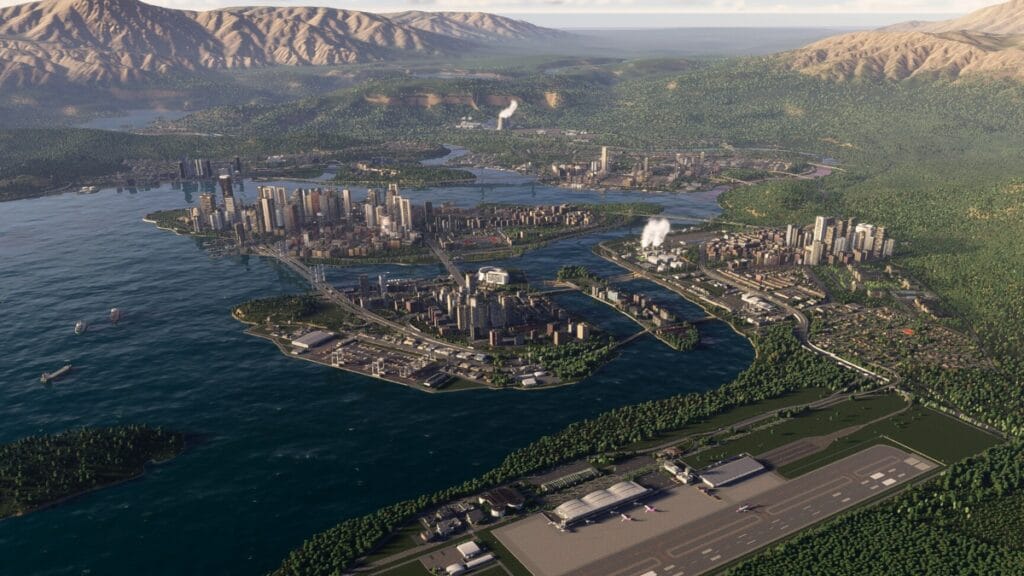If you just starting to play Cities: Skylines 2, you will notice that this much-anticipated sequel to the beloved city-building simulation introduces several new and unique features. One of these features in Cities: Skyline 2 is exporting water. However, like many games, this one doesn’t provide an in-depth explanation of these exciting additions. Nevertheless, exporting water in Cities: Skyline 2 is a straightforward process once you know the right steps to do it.
Follow these simple steps to export water in Cities: Skylines 2:
- Start Your City:
Begin by developing your city in Cities: Skylines 2, focusing on your water infrastructure. Ensure that you have a functioning water supply to meet your city’s needs. - Expand Your Territory:
To enable water exporting, you must extend your city’s territory by purchasing additional map tiles. This can be done by achieving milestones in the game that unlock expansion permits. - Reach the Map’s Edge:
Keep expanding your city until you reach the edge of the map. This is a critical step in establishing an outside connection for water export. - Establish Water Pipes:
With your city’s territory now extended to the map’s edge, connect water pipes to your road network in the area where you want to export water. These pipes should cross your city’s boundary to make the necessary outside connection. - Automatic Water Export:
Once the water pipes are connected to the edge of the map, the game will automatically initiate water export. Any excess water produced in your city will be sold to neighboring areas in need. - Monitor Your Export:
Keep an eye on your water export status by clicking on the Water & Sewage icon. Here, you can track how much water your city is exporting, helping you to measure the success of this feature.
Benefits of Exporting Water in Cities: Skyline 2
If you are wondering why should you start exporting water in the latest installment, here are some benefits:
- Generate Income:
Exporting water can significantly boost your city’s income. Any excess water your city produces can be sold to neighboring areas, adding a steady stream of funds to your budget. - Aid Neighboring Cities:
Exported water can be a lifeline for neighboring cities facing water shortages. By providing this essential resource, you can improve your relationships with these areas, potentially leading to beneficial trade deals or mutual assistance in times of crisis. - Resource Exchange:
If your city has an abundance of water but is struggling with shortages of other critical resources like electricity or food, exporting water can be a strategic solution. You can use the income from water exports to obtain the resources your city needs. This will improve its overall stability.








